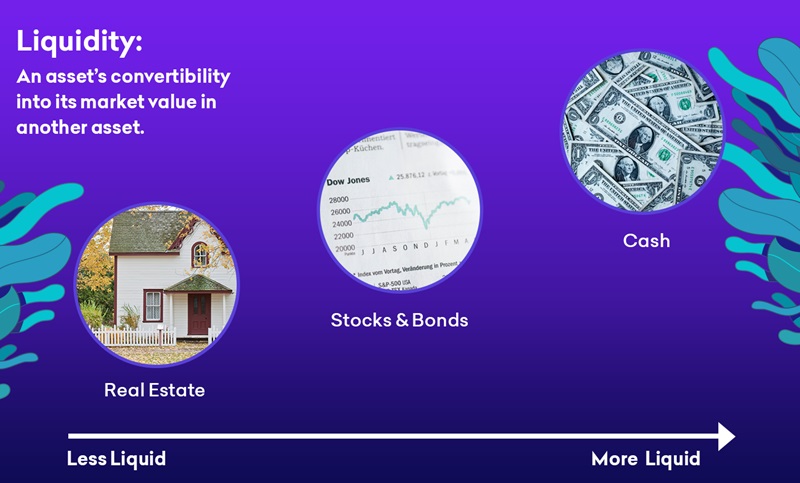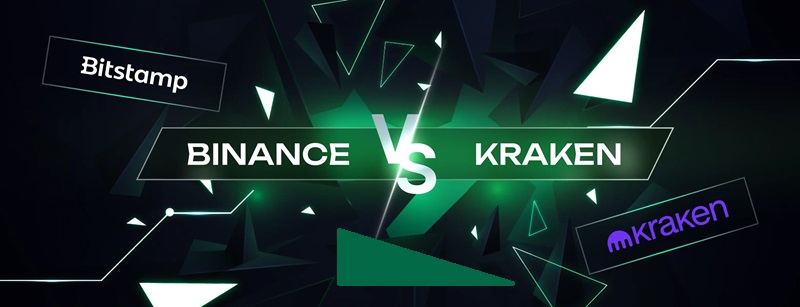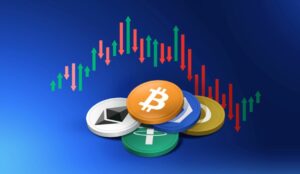
When it comes to trading cryptocurrencies, Bitstamp Liquidity often stands out as a key metric for savvy investors looking to buy or sell assets efficiently. At CryptoExlist, we’re diving deep into what makes an exchange like Bitstamp a trusted name in the crypto world and how its liquidity compares to a powerhouse like Kraken. Liquidity isn’t just a buzzword—it’s the lifeblood of any trading platform, determining how quickly and fairly you can execute trades without wild price swings. Whether you’re a beginner dipping your toes into Bitcoin or an experienced trader juggling altcoins, understanding liquidity can make or break your strategy. In this blog, we’ll unpack Bitstamp’s liquidity strengths and see how Kraken, a leading exchange, measures up in this critical area.
What Is Liquidity and Why Does It Matter on Exchanges?
Liquidity refers to how easily you can convert an asset, like Bitcoin or Ethereum, into cash or another cryptocurrency without drastically affecting its price. A highly liquid exchange ensures that your trades happen fast, at prices close to what you expect, with minimal slippage. For platforms like Bitstamp and Kraken, this is a big deal—especially in the volatile crypto market where prices can shift in seconds. High liquidity means more buyers and sellers are active, creating a smoother trading experience. Low liquidity, on the other hand, can leave you stuck with an asset or forced to accept a bad deal. Both Bitstamp and Kraken have earned reputations for strong liquidity, but let’s break down what sets Bitstamp Liquidity apart and how Kraken competes in this space.

The Role of Liquidity in Price Stability
One of the biggest perks of strong liquidity is price stability. When an exchange has a deep pool of orders—like Bitstamp often does—large trades don’t send prices into a tailspin. This is crucial for institutional investors or whales moving big volumes. Kraken, known for its massive euro trading volume, mirrors this strength, ensuring that even high-stakes trades don’t disrupt the market.
How Liquidity Impacts Your Trading Costs
Beyond stability, liquidity directly affects your costs. A liquid market typically has tighter bid-ask spreads—the gap between what buyers offer and sellers ask. Bitstamp’s robust Bitstamp Trading Volume helps keep these spreads narrow, saving traders money. Kraken takes this a step further with its advanced trading tools, appealing to those who prioritize cost-efficiency alongside liquidity.
Liquidity as a Trust Signal
Exchanges with high liquidity, like Bitstamp and Kraken, signal trustworthiness. Why? Because liquidity reflects genuine activity—not fake volume pumped up by bots or wash trading. Both platforms have built credibility over years, with Bitstamp as the world’s longest-running exchange and Kraken as a security-focused giant.
Diving Into Bitstamp Liquidity: Strengths and Metrics
Bitstamp has been a staple in the crypto space since 2011, earning its stripes as a reliable fiat-to-crypto gateway. But what really drives Bitstamp Liquidity? It’s a mix of high trading activity, a solid order book, and a focus on popular assets like Bitcoin and Ethereum. Let’s explore the key factors that make Bitstamp a liquidity leader and how they stack up against Kraken’s offerings.

Bitstamp Trading Volume: A Key Driver
Bitstamp Trading Volume is a cornerstone of its liquidity. With daily volumes often hitting hundreds of millions of dollars, Bitstamp attracts a global crowd of retail and institutional traders. This consistent activity ensures there’s always someone ready to buy or sell, keeping the market fluid. Kraken, meanwhile, boasts even higher euro-based Bitstamp Trading Volume equivalents, making it a top choice for European traders seeking liquidity in fiat pairs.
Bitstamp Market Liquidity: Depth and Resilience
When we talk about Bitstamp Market Liquidity, we’re looking at how well the platform handles big trades without price shocks. Bitstamp’s deep order book—filled with buy and sell orders—absorbs large transactions effectively. This resilience is a big reason why institutional players trust it. Kraken matches this with its own Bitstamp Market Liquidity-style depth, often ranking among the top exchanges for Bitcoin liquidity worldwide.
Bitstamp Order Book Depth: A Closer Look
Bitstamp Order Book Depth is another standout feature. This metric shows the volume of orders at various price levels, indicating how much trading can happen before prices shift significantly. Bitstamp’s order book is typically robust, especially for major pairs like BTC/USD. Kraken, however, edges out with its broader range of over 185 cryptocurrencies, offering deeper Bitstamp Order Book Depth across more assets—a boon for diversified traders.
Kraken vs. Bitstamp: A Liquidity Showdown
Now that we’ve dissected Bitstamp Liquidity, let’s pit it against Kraken to see how these titans compare. Both exchanges cater to serious traders, but their approaches to liquidity reveal distinct strengths. Kraken’s massive scale and advanced features give it an edge in some areas, while Bitstamp’s simplicity and focus on core assets keep it competitive.

Trading Volume Face-Off
Kraken’s Bitstamp Trading Volume-level activity is hard to beat. As the largest exchange by euro volume, it sees billions in daily trades across hundreds of pairs. Bitstamp’s Bitstamp Trading Volume, while impressive, tends to focus on fewer, high-demand assets. If you’re trading Bitcoin or Ethereum, both platforms deliver, but Kraken’s broader scope might tip the scales for altcoin enthusiasts.
Market Liquidity Comparison
In terms of Bitstamp Market Liquidity, Bitstamp shines with tight spreads and reliable execution for its 70+ supported coins. Kraken, however, takes Bitstamp Market Liquidity to another level with its global reach and higher overall volume. This makes Kraken a go-to for traders needing liquidity across niche markets, not just the mainstream ones Bitstamp excels in.
Order Book Depth Duel
When it comes to Bitstamp Order Book Depth, Bitstamp’s focused approach ensures depth for its key pairs, but it’s less expensive than Kraken’s. Kraken’s Bitstamp Order Book Depth-style robustness spans a wider array of assets, thanks to its larger user base and market maker presence. For traders needing depth in less common coins, Kraken often pulls ahead.
Why Choose Kraken for Liquidity-Driven Trading?
Kraken doesn’t just compete with Bitstamp Liquidity—it often sets the standard. With over a decade of experience, Kraken has fine-tuned its platform to prioritize liquidity, security, and user satisfaction. Here’s why it might be your top pick if liquidity is your game.
- Massive Euro Volume: Kraken’s dominance in euro-based trading makes it a liquidity powerhouse for fiat-crypto pairs.
- Advanced Tools: Margin trading, futures, and a pro platform give traders flexibility Bitstamp lacks.
- Global Reach: Serving 200+ countries, Kraken’s diverse user base boosts its Bitstamp Trading Volume equivalent.
- Security First: With 95% of funds in cold storage, Kraken pairs liquidity with trust—a must for serious traders.
Bitstamp’s Bitstamp Market Liquidity is strong, but Kraken’s scale and versatility make it a formidable rival, especially for those trading beyond the basics.

Conclusion: Liquidity Lessons from Bitstamp and Kraken
In the crypto trading world, Bitstamp Liquidity is a gold standard for reliability and simplicity, making it a favorite for beginners and pros alike. Its Bitstamp Order Book Depth and Bitstamp Market Liquidity ensure smooth trades, backed by years of trust as the longest-running exchange. Yet, Kraken often steals the spotlight with its unmatched volume, broader asset range, and cutting-edge features. Whether you prioritize Bitstamp’s focused approach or Kraken’s expansive liquidity, both platforms prove that a liquid market is key to thriving in crypto. At CryptoExlist, we’re here to guide you through these choices—stick with us at CoinZeus.io for more expert insights to power your trading journey!























